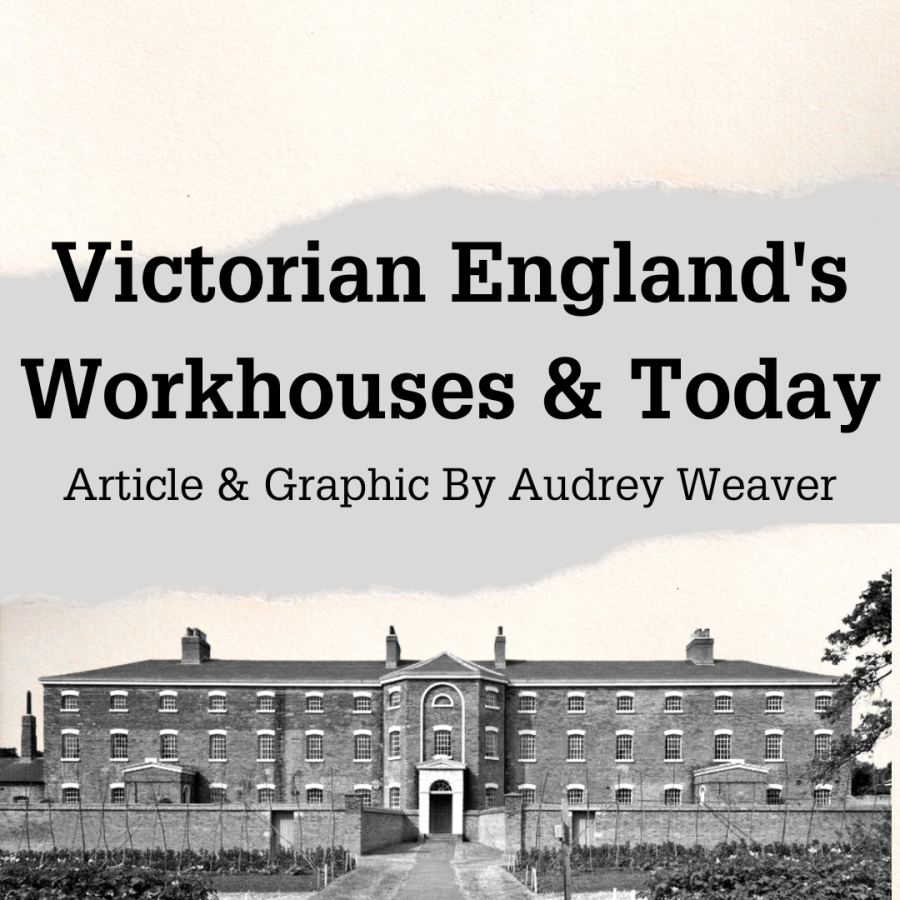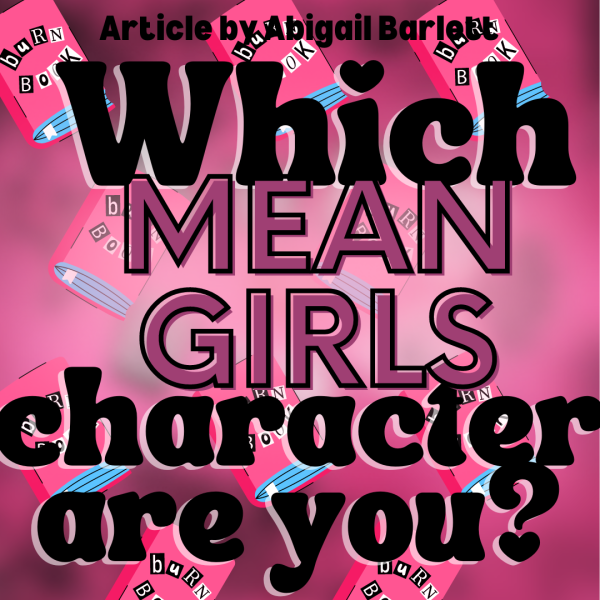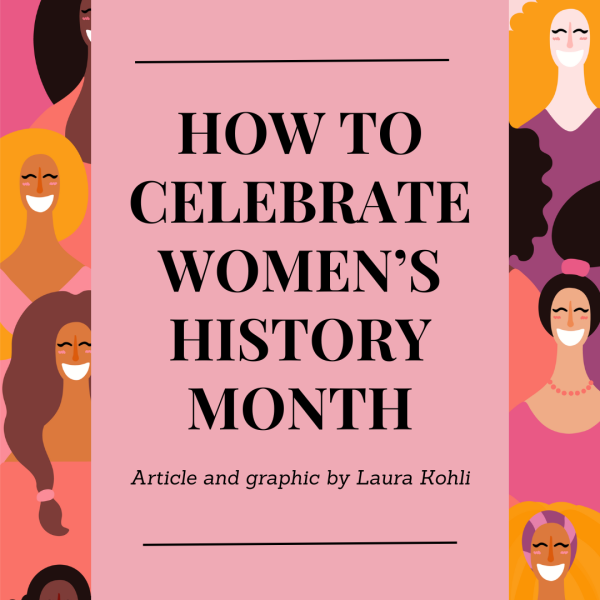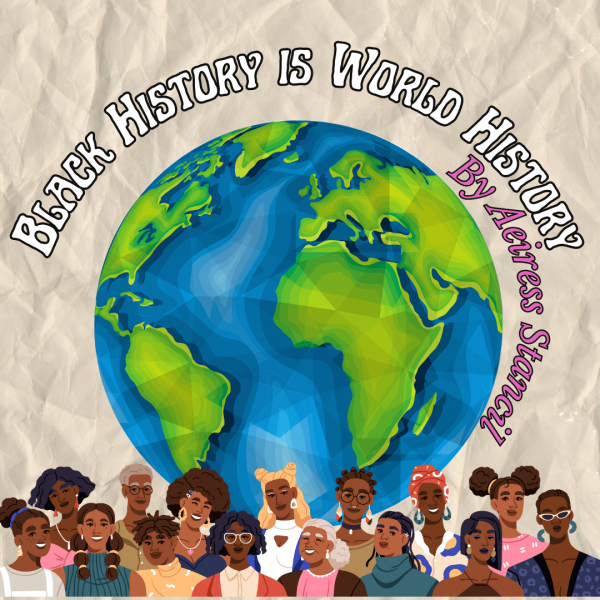Victorian England’s Workhouses & Today
While the economic situation in America is far from fair, the current gap between rich and poor is laughable compared to the gap present during Victoria’s reign (1837-1901). There are far too many similarities to be found between the present and the past. One of the most horrific, and one that killed thousands, was the institution of workhouses. Even though we live on a different continent, direct ties can be drawn between our attitudes to the poor and government assistance. Pew Research Center found in 2017 that while black Americans make up about 12% of the national population, they make up 33% of the prison population. Meanwhile white Americans make up roughly 64% of the US population and only 30% of the prison population. Similarly, the workhouses of the 19th century targeted immigrant minorities and the most vulnerable groups.
Workhouses popped up following the Poor Law Amendment Act of 1834 (and other “Poor Laws”). This set of codes established workhouses and these buildings were little more than prisons for the poor. The conditions lower class citizens were subjected to were inhumane at best.
What did they do?
One of the first things to happen to families going to a poor house was separation. Children were split from the parents, men and women were separated, and there was little to no contact between them. The purpose of poor houses was to punish the poor for being poor. While the Poor Laws were just the next step in the subjugation of the poor, they went one step further by making all other relief illegal.
Children faced forced labor, malnutrition, disease, mental and physical abuse. Uniforms and mandatory silence were common for all. Inmates were a huge source of free labor, making workhouses a legal institution that thrived on slavery. The practice of selling young children in the workhouses to factories and mines was labeled as “apprenticeship”, though it was hardly that.
Notably, Charles Dickens’ “Oliver Twist” is actually an accurate view of these macabre institutions. Dickens writes in the second chapter, “Be this as it may, however, it was [Oliver’s] ninth birthday; and he was keeping it in the coal-cellar with a select party of two other young gentleman, who, after participating with him in a sound thrashing, had been locked up for atrociously presuming to be hungry.” This is one of many occasions in which Oliver is treated terribly and left to his own suffering.
Side Effects:
Mental abuse was a huge issue, and accounts from those who survived workhouses show signs of permanent damage. The workhouse system was not designed with rehabilitation in mind, so many came back to workhouses after being discharged from them as they couldn’t get the help they really needed.
However, there were more imminent fears that plagued the inhabitants of workhouses, an invisible enemy that could kill within days. Cholera is a disease that is rare now but was commonplace in Victorian England. Vomiting and diarrhea, quickly turned victims blue and white with death following close behind. Other killers included dysentery, typhus fever (transmitted by fleas), scarlet fever, smallpox, opthmalia (which causes blindness), and more. Most victims of these diseases were small children who were often malnourished.
Benefits:
It must be admitted that workhouses did do a small amount of good, they provided a roof and food to those who came to them and often the diet was better than living on the streets. The issue is that all of this had a hefty price, one that didn’t make the benefits worth it.
Why did people go?
Often the citizens who admitted themselves to the poorhouse had nowhere to go. Being poor was a crime in Victorian England and begging on the streets led to incarceration, a fate worse than the workhouse. Victorian prisons were known for their cruelty and inhumane treatment of prisoners (worse than American prisons today). The poor were presented with two choices – both of them being bad. Many chose the workhouse as they had children which at the very least guaranteed that they would be fed.
Unfortunately, we still have similar institutions to this day and without reform, we will continue to antagonize a not insignificant portion of the population. There are multiple smaller systems in place that punish people for being poor (look at bail) and that require change.
Your donation will support the student journalists of Enloe Magnet High School, allowing us to cover our annual website costs. We are extremely grateful for any contribution, big or small!

(They/them)
Audrey is a senior and returning for their second year in newspaper. They enjoy writing, cooking, and listening to music. In their free...


















